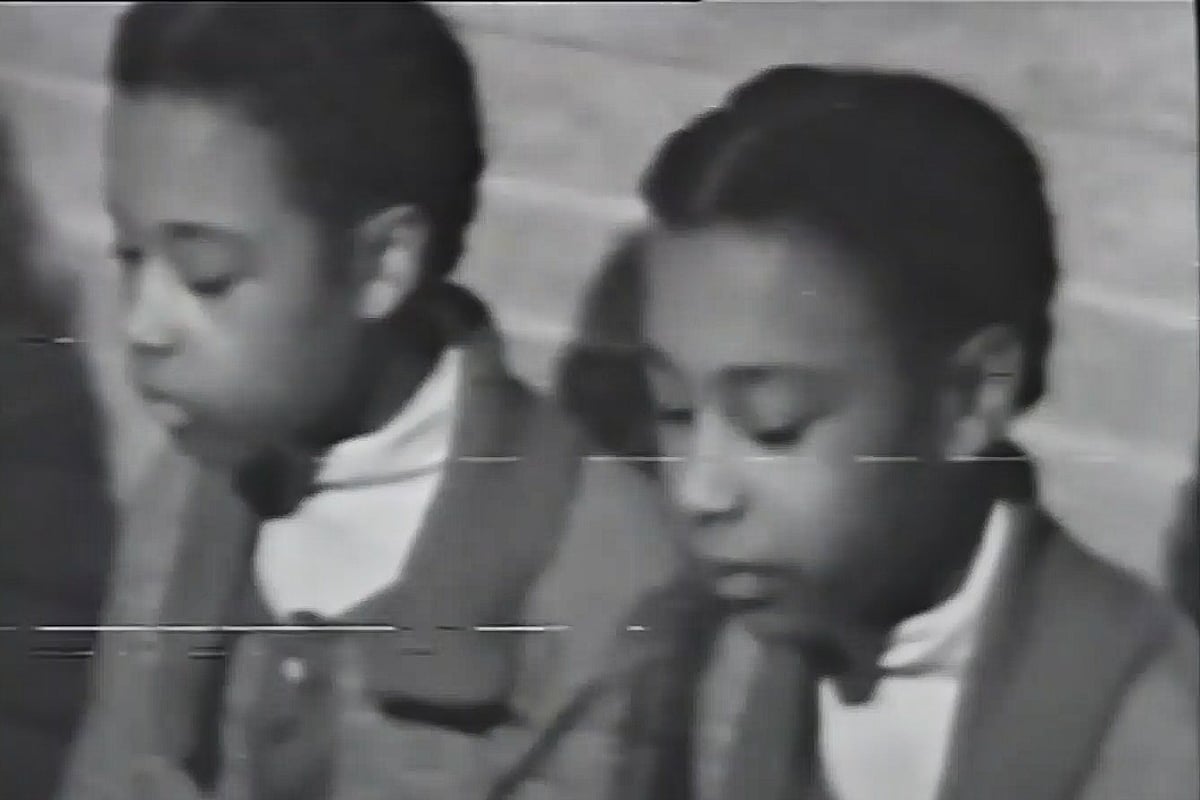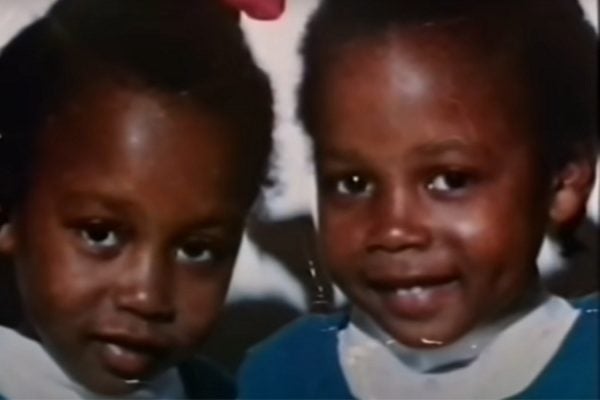
On October 24, 1981, 18-year-old twins June and Jennifer Gibbons watched as the tractor shop in their little Welsh town burned. They stared at the glowing building, as flames licked their way through the roof and thick smoke billowed into the night sky.
Later that evening, June opened her diary and began to write.
“I burned it down today, with the help of Jennifer, of course. The greatest moment of my life. We opened all the cans of petrol and spread it everywhere. Can you believe that I’m the arsonist of Haverfordwest?… My lovely glorious fire… a picture which will live in my mind forever — oh, what a sinful, evil, selfish mind.
“I know the Lord will forgive me. It’s been a long, painful, hard year. Don’t I deserve to express my distress?”
The blaze wasn’t the only one the pair had started in their tiny, grey market town. There were four in all, along with a string of vandalism, break-and-enters and thefts. Police caught up to them at one point, but they were silent during their interview — just as they’d been for most of their lives.
When Jennifer and June were ultimately arrested while attempting to burn down a local technical college, it was the diary entry that confessed for them.
Watch: The twins had lived their childhood isolated, together. But they wanted to find their voices.


